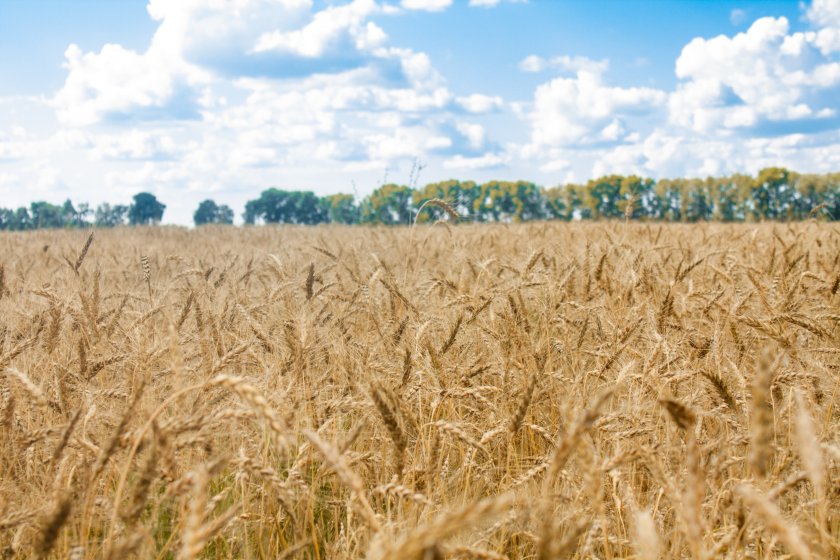
Further spread of the fungal disease wheat blast could reduce global production of the key crop by 13% until 2050, researchers warn.
An international group of scientists has produced new modelling for the first ever time, showing how wheat blast will spread in the future.
With a global cultivation area of 222 million hectares and a harvest volume of 779 million tons, wheat is an essential food crop.
Like all plant species, it is struggling with diseases that are spreading more rapidly compared to a few years ago because of climate change.
One of these is wheat blast. In humid regions, the fungus Magnaporthe oryzae has become a serious threat to production since it was first seen in 1985.
It initially spread from Brazil to neighbouring countries, with the first cases outside of South America occurring in Bangladesh in 2016 and in Zambia in 2018.
According to the researchers, South America, southern Africa and Asia will be the regions most affected by the future spread of the disease.
Up to 75% of the area under wheat cultivation in Africa and South America could be at risk in the future, the new study, led by the Technical University of Munich (TUM), warns.
According to the predictions, wheat blast will also continue to spread in countries that were previously only slightly impacted, including Argentina, Zambia and Bangladesh.
The fungus is also penetrating countries that were previously untouched. These include Uruguay, Central America, the south-eastern USA, East Africa, India and eastern Australia.
According to the model, the risk is low in Europe and East Asia - with the exception of Italy, southern France, Spain and the warm and humid regions of south-east China.
Conversely, where climate change leads to drier conditions with more frequent periods of heat above 35°C, the risk of wheat blast may also decrease.
However, in these cases, heat stress decreases the yield potential, the researchers say.
The affected regions are among the areas most severely impacted by the direct consequences of climate change.
Food insecurity is already a significant challenge in these areas and the demand for wheat continues to rise, especially in urban areas.
In many regions, farmers will have to switch to more robust crops to avoid crop failures and financial losses, the study explains.
In Brazil, for example, wheat is increasingly being replaced by maize. Another important strategy against future yield losses is breeding resistant wheat varieties.
